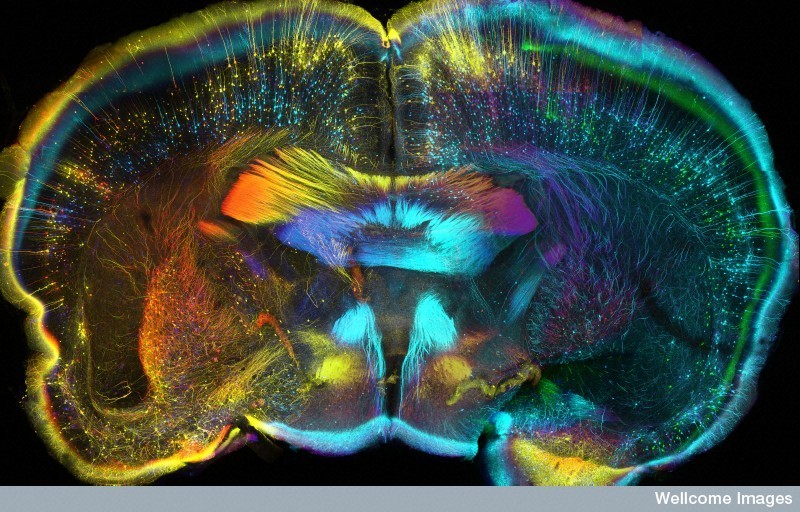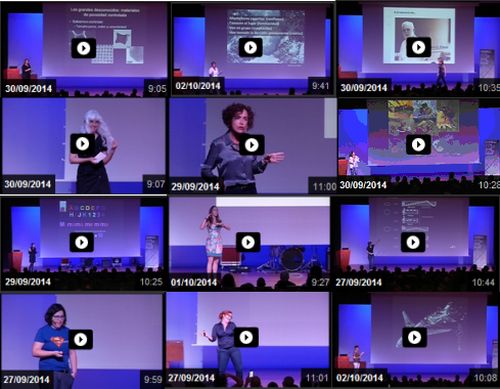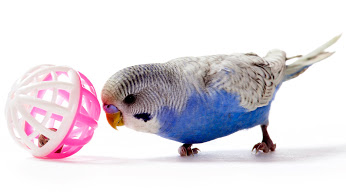Zientzia hedabideetan
-

We Have the Technology to Destroy All Zika Mosquitoes
Fear of the Zika virus could generate support for gene drives, a radical technology able to make species go extinct.
-

How Women Can Lean In Without Backlash
Many women understand that if they act too assertively, they will face backlash. They will seem unlikeable. But while extensive research has documented this phenomenon, some studies have failed to […]
-

Los microbios que ayudan al oso a hibernar
Un estudio vincula la hibernación estacional de los osos con cambios en los microbios intestinales. Los hallazgos podrían ayudar a diseñar tratamientos contra la obesidad.
-

Do whales have nipples? Why discussing evolution in schools can occasionally be tricky
It’s not the contested issue you’d think it is, looking at Twitter. But I have to be honest, it can be difficult when religious supervisors attend my science sessions.
-

The Last of the Channel Island Turkeys
We often think of conservation in terms of wildlife sanctuaries and breeding programs, but its Janus face is eradication. The survival of one population of animals, like the fox, sometimes […]
-

Our Conflicted Feelings For R2-D2
Lucas’ droids are halfway between human and inhuman, so we can both love and ignore them.
-

Miguel Ángel superó la artrosis en sus manos con más cincel y martillo
Un análisis de sus retratos muestra un deterioro articular que le impedía escribir cartas pero no trabajar el mármol
-

The world is poised to eradicate the first human disease since smallpox
The Guinea worm, and the havoc it wreaks, has nearly been wiped out
-

Cáncer rico, cáncer pobre
La incidencia y mortalidad por cáncer están aumentando en todo el mundo, especialmente en los países de ingresos bajos y medios, donde se ha mejorado la esperanza de vida. Pero […]
